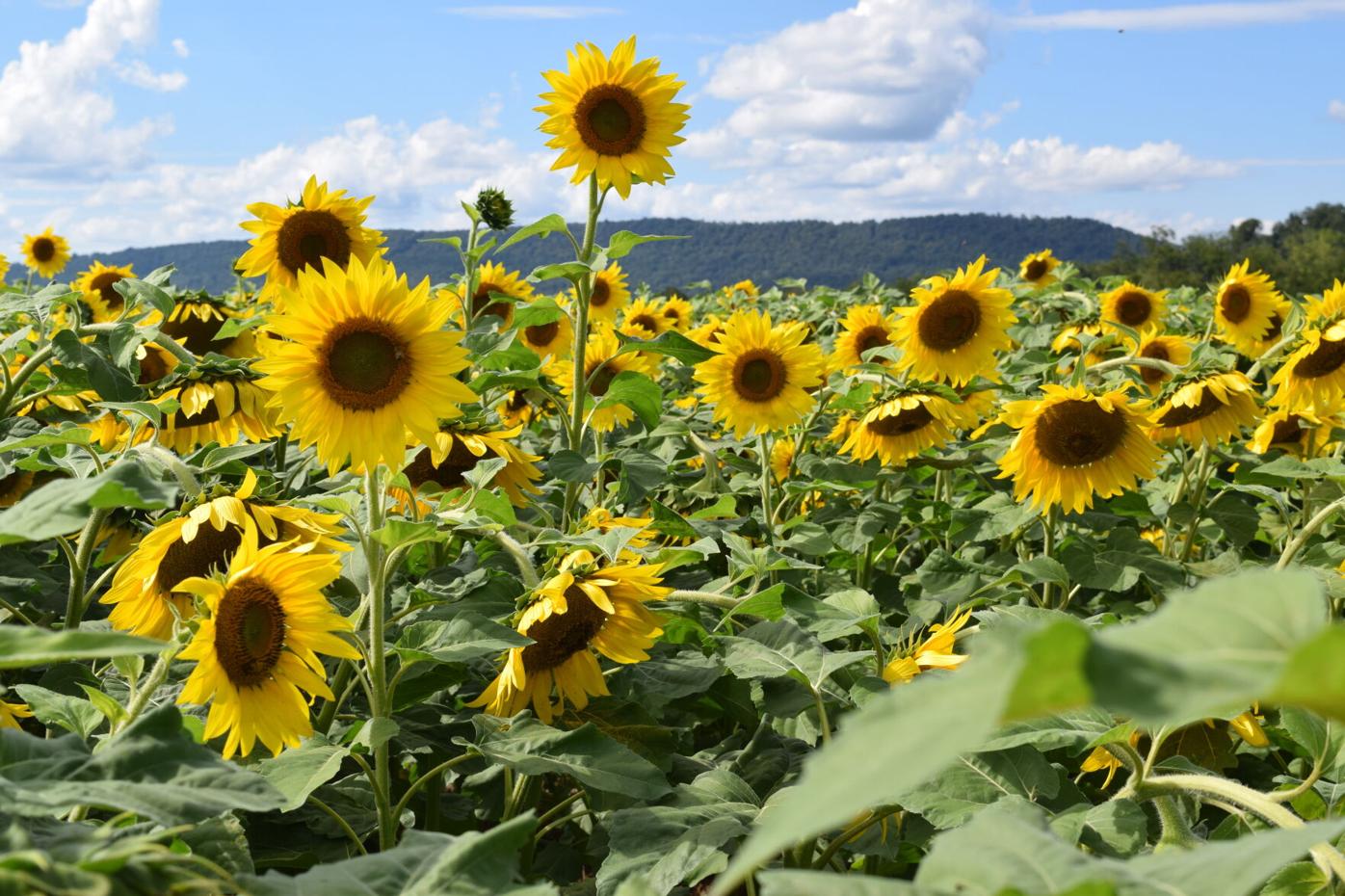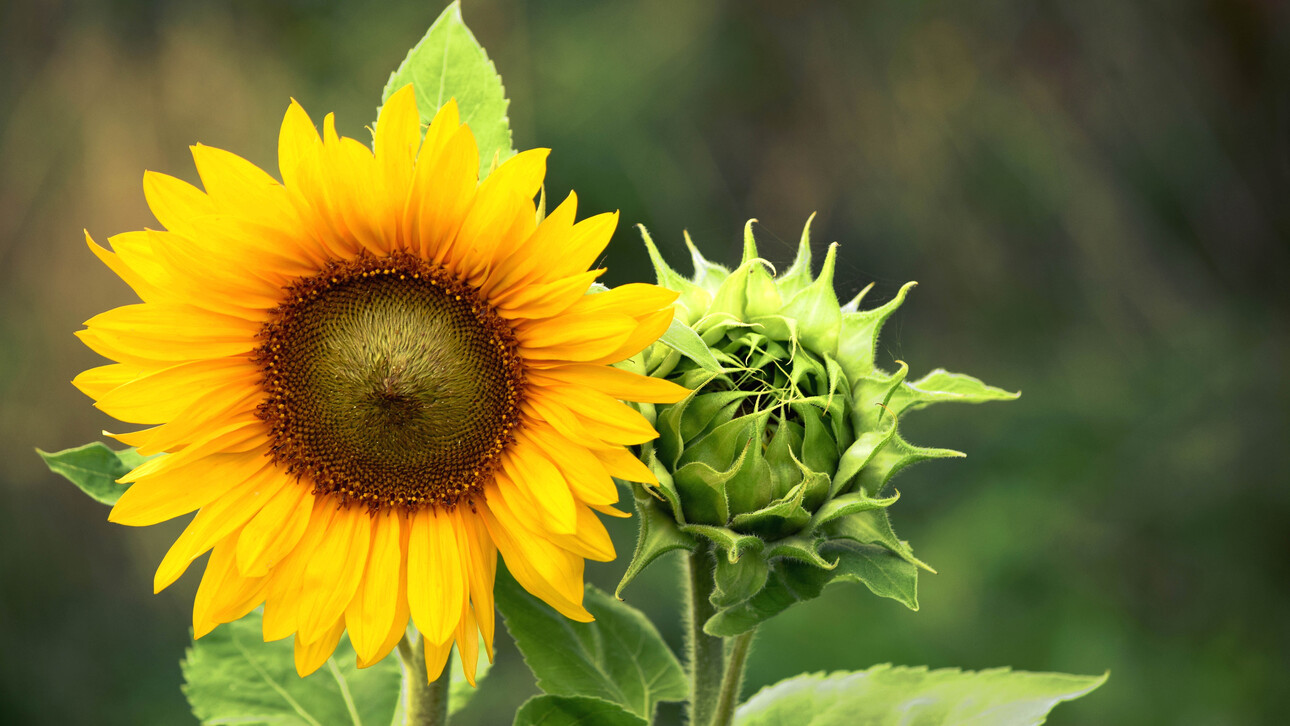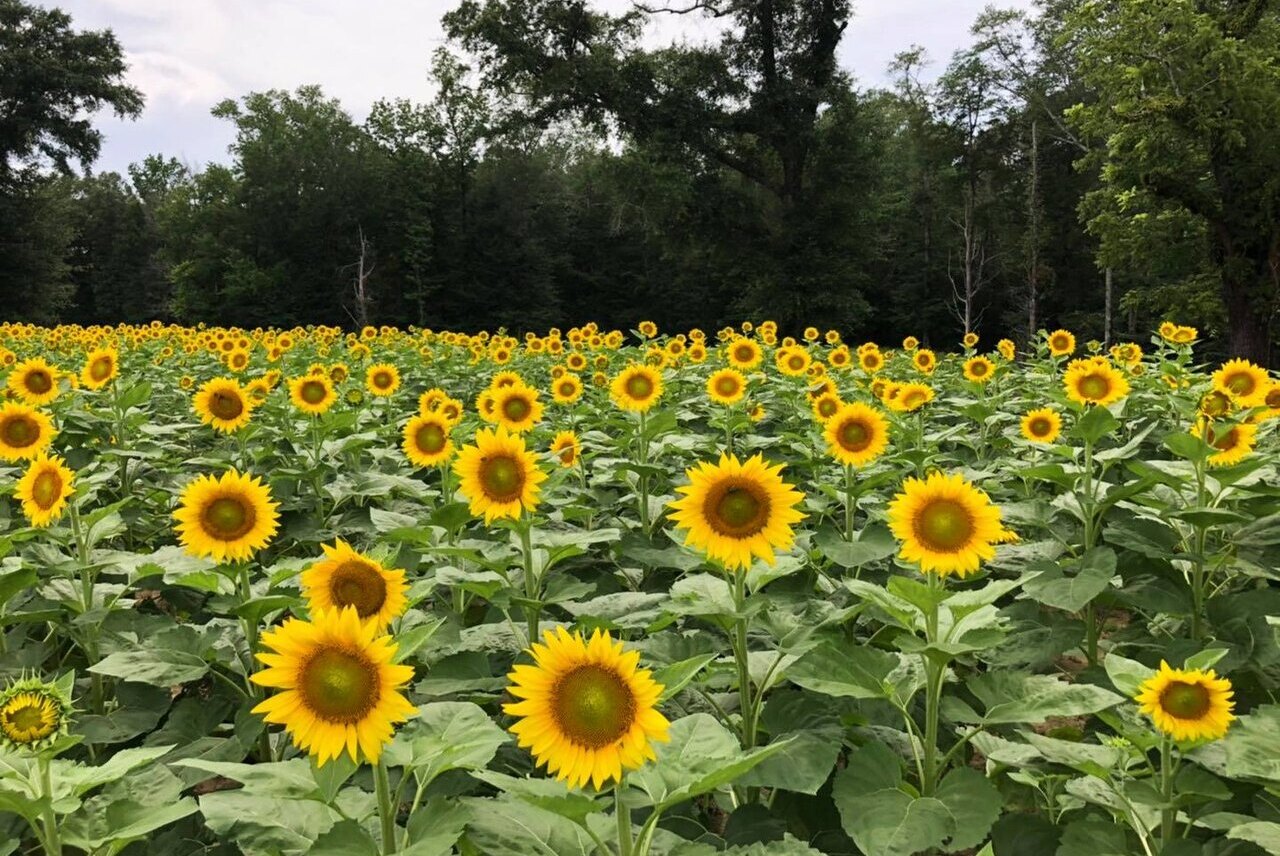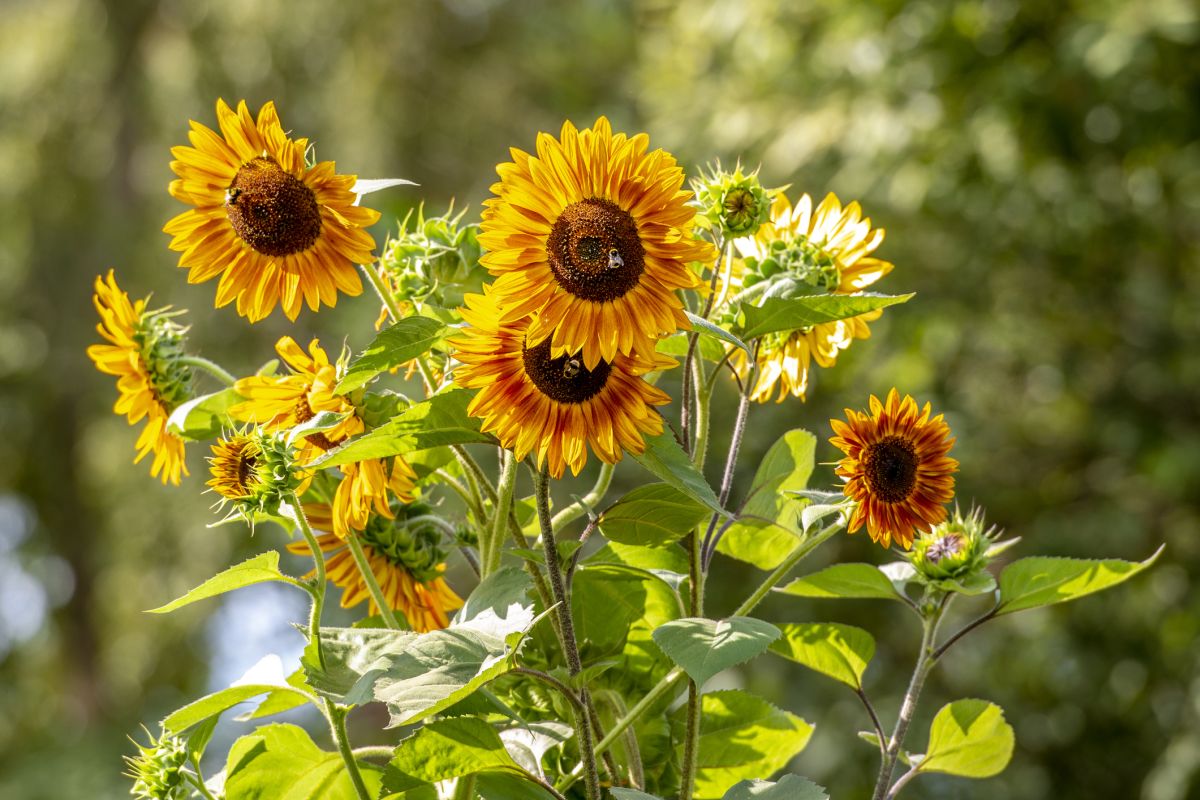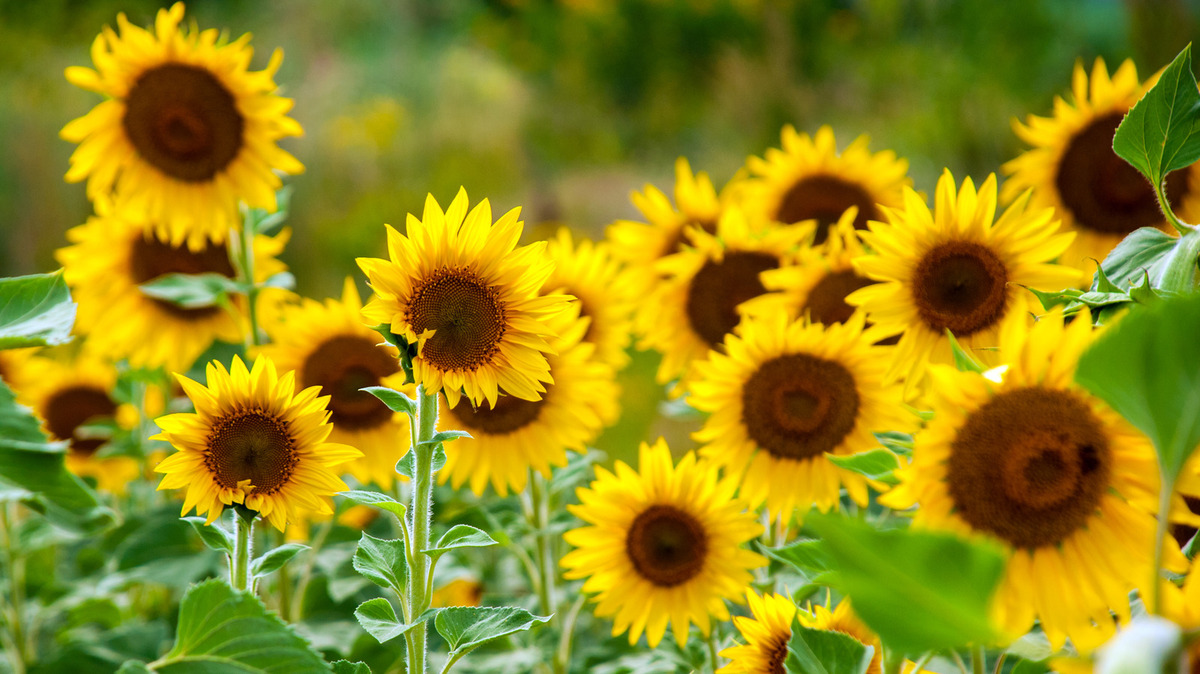Home>Types of Gardening>Ornamental Gardening>When Is The Best Time To Plant Sunflowers
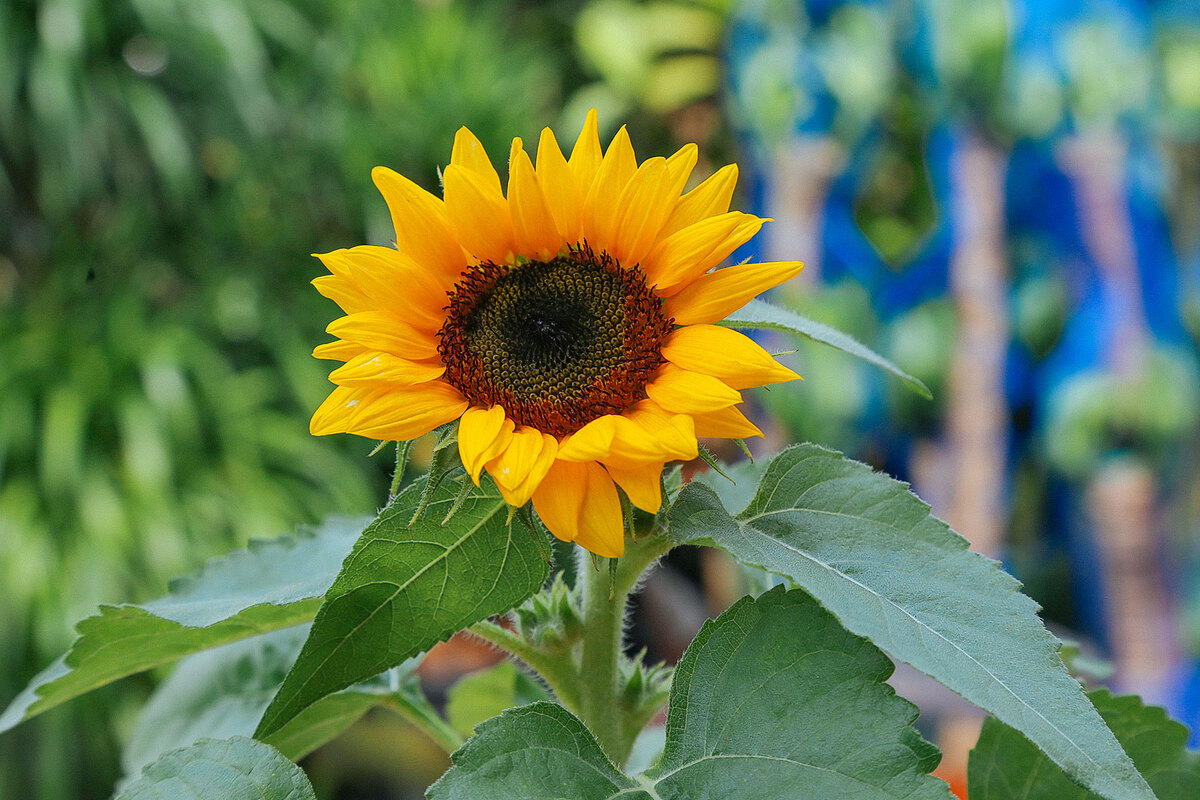

Ornamental Gardening
When Is The Best Time To Plant Sunflowers
Modified: January 22, 2024
Discover the right time to plant sunflowers for your ornamental gardening needs. Learn the best timing and techniques for successful sunflower growth.
(Many of the links in this article redirect to a specific reviewed product. Your purchase of these products through affiliate links helps to generate commission for Chicagolandgardening.com, at no extra cost. Learn more)
Table of Contents
Introduction
Welcome to the world of ornamental gardening, where beauty and creativity come alive through the art of cultivating and arranging plants. One of the most beloved and iconic flowers in the ornamental garden is the sunflower. With its vibrant yellow petals and towering height, the sunflower stands as a symbol of warmth, happiness, and summer cheer.
But when is the best time to plant sunflowers? This question often lingers in the minds of gardening enthusiasts, whether they are beginners or seasoned green thumbs. The answer, of course, depends on several factors, including climate, soil conditions, and personal preferences.
In this article, we will explore the optimal time to plant sunflowers and guide you through the necessary steps to grow these magnificent flowers successfully. Whether you plan to adorn your garden with a dazzling display of sunflowers or simply want to enjoy their beauty and benefits, this article will provide you with valuable insights.
So, grab your gardening tools, put on your sun hat, and let’s dive into the world of sunflower cultivation!
Factors to Consider
Before you rush into planting sunflowers, it’s essential to consider a few factors that can greatly impact their growth and overall success in your garden. By understanding these factors, you can make informed decisions and set the stage for a thriving sunflower garden.
- Climate: Sunflowers thrive in warm weather with plenty of sunlight. They are typically grown as annuals, but some varieties can be grown as perennials in warmer climates. Consider the length of your growing season and the average temperature in your region.
- Soil Conditions: Sunflowers prefer well-drained soil with a pH level between 6.0 and 7.5. Before planting, test your soil’s pH and fertility levels. If needed, amend the soil with organic matter, such as compost or aged manure.
- Space: Sunflowers require ample space to spread their roots and grow to their full potential. Take into account the mature height and spread of the sunflower variety you choose and ensure you have enough room in your garden.
- Exposure: Sunflowers are sun-loving plants and require at least six to eight hours of direct sunlight per day. Select a planting location that receives full sun exposure throughout the day.
- Companion Plants: Consider planting sunflowers alongside companion plants that can enhance their growth and provide additional benefits. Marigolds, zinnias, and cosmos are excellent choices as they attract pollinators and repel harmful pests.
By taking these factors into account, you can create a favorable environment for your sunflowers to flourish, ensuring a vibrant and stunning display in your garden.
Climate Requirements
Understanding the climate requirements for growing sunflowers is crucial to ensure their successful development and blooming. Sunflowers are known for their ability to thrive in warm weather and ample sunlight, but different varieties may have specific climate preferences. Let’s take a closer look at the key climate requirements for growing sunflowers:
- Temperature: Sunflowers prefer a temperature range of 70 to 78 degrees Fahrenheit (21 to 26 degrees Celsius). They can tolerate higher temperatures as long as there is adequate moisture available. In regions with cooler climates, it is best to start sunflower seeds indoors and transplant them outdoors when the temperatures become consistently warm.
- Frost-Free Period: Sunflowers are sensitive to frost and cannot withstand freezing temperatures. Ensure that the frost-free period in your area allows for a sufficient growing season for sunflowers.
- Days to Maturity: Different sunflower varieties have varying “days to maturity” requirements. This refers to the number of days from sowing the seeds to when the sunflower reaches its full blooming stage. Choose a variety that matches the length of your growing season.
It’s important to note that while sunflowers are generally resilient and adaptable, extreme weather conditions such as prolonged heatwaves or heavy rainfall can impact their growth. Providing proper care and attention during these periods can help mitigate any adverse effects.
Remember to check your local climate patterns and consult with experienced gardeners in your area for specific recommendations on sunflower cultivation. By matching the climate requirements of sunflowers to your region, you can create an ideal environment for these beautiful flowers to thrive.
Soil Preparation
Creating a nutrient-rich and well-drained soil environment is essential for the successful growth of sunflowers. Proper soil preparation ensures that the plants have access to the necessary nutrients and moisture, allowing them to establish strong roots and produce vibrant blooms. Follow these steps to prepare your soil for planting sunflowers:
- Test the Soil: Before you begin, it’s important to test your soil to determine its pH level and nutrient content. You can purchase a soil testing kit or send a soil sample to a professional laboratory for analysis. This will help you assess if any amendments are needed.
- Loosen the Soil: Sunflowers thrive in loose, well-drained soil. Use a garden fork or tiller to loosen any compacted soil and improve its texture. This will enhance root growth and allow for better water infiltration.
- Add Organic Matter: Incorporate organic matter such as compost, well-rotted manure, or leaf mold into the soil. This improves its fertility, drainage, and moisture-holding capacity. Spread a layer of organic matter over the planting area and mix it thoroughly with the soil.
- Adjust Soil pH: Sunflowers prefer slightly acidic to neutral soil with a pH level between 6.0 and 7.5. If your soil is too acidic (low pH), add agricultural lime to raise the pH. If it’s too alkaline (high pH), amend with elemental sulfur to lower it.
- Remove Weeds and Debris: Clear the planting area of any weeds, rocks, or debris. Weeds can compete with sunflowers for nutrients and sunlight, hindering their growth.
By following these soil preparation steps, you can create a fertile and well-drained environment that promotes healthy root development and supports the overall growth of your sunflowers.
Choosing Sunflower Varieties
When it comes to choosing sunflower varieties, you’ll find an abundance of options available, each with its unique characteristics and qualities. Consider the following factors to help you select the right sunflower variety for your garden:
- Height: Sunflowers come in various heights, ranging from dwarf varieties that grow as little as 1-2 feet to towering giants that reach heights of 12-15 feet. Determine the height you desire for your sunflowers and choose a variety accordingly.
- Petal Color: While yellow is the most common color associated with sunflowers, there are also varieties available that exhibit red, orange, or multi-colored petals. Decide on the petal color that best suits your garden’s aesthetic appeal.
- Size of Flower: Sunflowers can have flower heads as small as 3 inches in diameter to large ones that measure over 10 inches. Consider the size of the flower heads you prefer and choose a variety accordingly.
- Specialty Varieties: There are specialty sunflower varieties that offer unique traits, such as pollenless varieties that reduce the risk of allergies, or branching varieties that produce multiple flowers on a single stem. Explore these options if you want something different.
- Days to Maturity: Some sunflower varieties have shorter maturity times, allowing for quicker blooming and harvesting. Consider the length of your growing season and choose a variety that aligns with it.
Additionally, consider your garden’s space and growing conditions when selecting sunflower varieties. If you have limited space, opt for dwarf or medium-height varieties. If your garden receives strong winds, select sturdy varieties with strong stems.
Consult seed catalogs, gardening forums, and local nurseries to explore the wide array of sunflower varieties available. By selecting the right varieties, you can create a diverse and stunning sunflower display in your garden.
Planting Sunflower Seeds
Planting sunflower seeds is an exciting moment for any gardener, as it marks the beginning of the journey towards vibrant blooms and cheerful beauty. Follow these steps to ensure successful seed planting and germination:
- Select the Right Time: Plant sunflower seeds after the danger of frost has passed and the soil temperature has warmed to around 50-55 degrees Fahrenheit (10-13 degrees Celsius). This usually occurs in late spring or early summer, depending on your location.
- Choose a Sunny Spot: Sunflowers require abundant sunlight, so choose a planting location that receives at least 6-8 hours of direct sunlight per day.
- Prepare the Soil: Before planting, loosen the soil and remove any weeds or debris. This will provide a clean and fertile bed for your sunflower seeds.
- Sow the Seeds: Plant the sunflower seeds directly into the soil, spacing them according to the variety’s instructions. Generally, sow the seeds about 1-2 inches deep and 6-12 inches apart, depending on the variety’s growth habit and mature size.
- Water Gently: After sowing the seeds, water the area gently to moisten the soil. Keep the soil consistently moist but not waterlogged to aid in seed germination.
- Provide Support: For taller sunflower varieties, consider providing support such as stakes or trellises to prevent them from toppling over during strong winds or heavy rain.
Within a few days to a couple of weeks, you should start to see the sunflower seeds germinating and sprouting. As they grow, thin out the plants to achieve the recommended spacing, allowing each sunflower to have enough room to develop its full potential.
Remember to monitor the soil moisture regularly and provide additional water as needed, particularly during dry spells. With proper care and nurturing, your sunflower seeds will grow into magnificent plants, ready to bring joy and beauty to your garden.
Watering and Fertilizing
Proper watering and fertilizing are key factors in ensuring the healthy growth and development of sunflowers throughout their lifecycle. Here’s what you need to know about watering and fertilizing your sunflowers:
- Watering: Sunflowers have moderate water needs, especially during their early stages of growth. Water the plants deeply, ensuring that the soil is thoroughly moistened. As the plants mature, their water requirements may decrease slightly, but it’s important to monitor the soil moisture and provide supplemental watering during dry periods.
- Fertilizing: Sunflowers are relatively low-maintenance and do not require heavy fertilization. However, incorporating organic matter into the soil during the initial preparation stage can provide a good base of nutrients. If you notice slow growth or pale leaves, you can apply a balanced fertilizer, such as a 10-10-10 formula, once or twice during the growing season. Be sure to follow the package instructions for application rates.
- Organic Alternatives: If you prefer organic gardening methods, you can use natural alternatives for fertilizing your sunflowers. Compost, well-rotted manure, or organic plant-based fertilizers can provide the necessary nutrients without harsh chemicals.
- Avoid Overwatering: It is crucial to avoid overwatering sunflowers, as excessive moisture can lead to root rot and other fungal diseases. Aim for a balance and allow the top few inches of soil to dry out between waterings.
- Mulching: Apply a layer of organic mulch, such as straw or wood chips, around the base of the sunflowers to help retain soil moisture, suppress weed growth, and regulate soil temperature. This can reduce the frequency of watering and provide additional nutrients as the mulch breaks down over time.
Remember, each garden and its growing conditions are unique. Pay attention to the visual cues of your sunflowers, such as wilting or yellowing leaves, as these may indicate the need for watering or fertilization adjustments.
By providing adequate water and appropriate nutrients, you will help your sunflowers thrive and ensure they reach their full potential, displaying their vibrant blooms proudly in your garden.
Sunflower Care and Maintenance
Caring for sunflowers involves a combination of regular maintenance tasks to promote healthy growth, prevent pest and disease issues, and ensure the overall well-being of your plants. Here are some essential care tips to keep your sunflowers thriving:
- Weed Control: Regularly inspect your sunflower bed and remove any weeds that compete for nutrients, water, and sunlight. A weed-free environment will allow your sunflowers to thrive without unnecessary competition.
- Support for Tall Varieties: As your sunflowers grow taller, it’s important to provide additional support to prevent them from toppling over in strong winds or rain. Stake or tie the stems gently to a support structure to keep them upright and stable.
- Pest Management: Monitor your sunflowers for common pests such as aphids, slugs, and caterpillars. If an infestation occurs, you can use organic pest control methods such as handpicking, applying insecticidal soap, or introducing beneficial insects like ladybugs to keep pest populations in check.
- Disease Prevention: Proper spacing, good air circulation, and avoiding overhead watering can help prevent fungal diseases such as powdery mildew. If necessary, apply organic fungicides according to the label instructions to protect your sunflowers from diseases.
- Deadheading: Deadhead faded or spent flowers by removing them from the stems. This not only keeps the plants looking neat but can also encourage the production of more blooms throughout the season.
- Harvest Seeds: If you plan to harvest sunflower seeds, allow the flower heads to fully mature and the backs of the heads to turn brown. Cut the heads off and hang them in a cool, dry location to dry out. Once dry, rub the heads to remove the seeds and store them in a cool, airtight container.
Monitoring your sunflowers regularly and addressing any issues promptly can help maintain their health and prolong their bloom time. Enjoy the beauty of your sunflowers throughout the season and marvel at their impressive growth and resilience.
Harvesting Sunflowers
Harvesting sunflowers is an exciting and rewarding moment for gardeners. It’s the time when you can reap the fruits of your labor and enjoy the beauty and benefits of these magnificent flowers. Follow these steps to harvest your sunflowers at the right time:
- Observe Seed Development: Sunflowers are typically harvested for their seeds. Once the back of the flower head turns brown and the seeds have plumped up, it’s a good indication that they are ready for harvest. The petals may also start to wilt and dry out.
- Choose the Right Time of Day: Harvest sunflowers on a dry and sunny day when the flower heads are fully dry. Early morning or late afternoon is usually the best time, as the dew has evaporated, and the sunflowers are less likely to droop after cutting.
- Prepare the Tools: Use sharp and clean garden shears or scissors to cut the sunflower stems. Have a bucket or a clean container ready to hold the harvested flower heads.
- Cut the Stems: Cut the sunflower stems 6–12 inches below the flower heads, depending on your preferences. The longer stems are ideal for creating floral arrangements, while shorter stems are suitable for drying and decorating.
- Remove Excess Leaves: Trim off any excess leaves from the stems, leaving only a few close to the flower heads. This improves the appearance and allows for better air circulation during the drying process.
- Dry the Flower Heads: Hang the harvested sunflower heads upside down in a cool, dry, and well-ventilated area, such as a shed or a garage. Ensure that the flower heads are not touching each other to prevent moisture buildup and the potential for mold.
- Collect the Seeds: Once the flower heads are completely dry (typically after 1-2 weeks), gently rub the heads or use your hands to remove the seeds. Place the seeds in a clean, dry container, and store them in a cool, dry place.
Harvesting sunflowers not only provides you with beautiful cut flowers and seeds but also allows you to keep the sunflower cycle going by collecting seeds for the next planting season. Enjoy the beauty of your harvested sunflowers as decorations or use the seeds for snacking, bird feed, or future plantings.
Conclusion
Growing and caring for sunflowers is a rewarding and enjoyable experience for any ornamental gardener. These vibrant and majestic flowers bring a touch of sunshine and joy to any garden space. By considering the factors such as climate requirements, soil preparation, choosing the right varieties, and following proper planting and care techniques, you can cultivate healthy sunflowers that flourish and delight.
Remember to take into account the specific climate conditions of your region, provide adequate soil preparation, and select sunflower varieties that suit your preferences and garden space. With consistent watering, appropriate fertilization, and regular care, your sunflowers will thrive and produce stunning blooms throughout the season.
From the initial planting of sunflower seeds to the harvesting of their seeds or enjoying their vibrant cut flowers, each stage of the sunflower life cycle brings its own unique moments of excitement and beauty. Whether you’re adorning your garden with these cheerful flowers, using them as eye-catching centerpieces, or sharing the joy of sunflower seeds with wildlife, the journey of cultivating sunflowers is a truly rewarding one.
So, embark on your sunflower-growing adventure, embrace the warmth and beauty they bring, and let the magnificent sunflowers bring a radiant and enchanting touch to your ornamental garden. Happy gardening!
